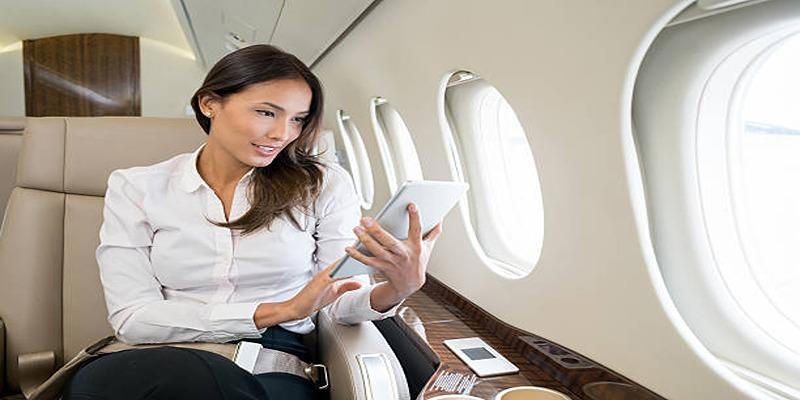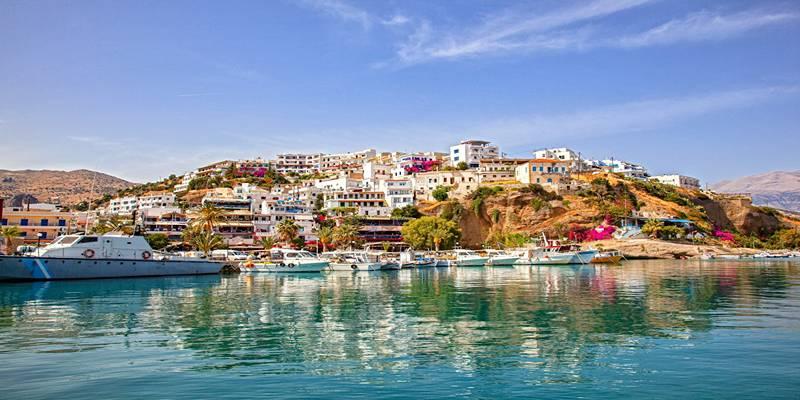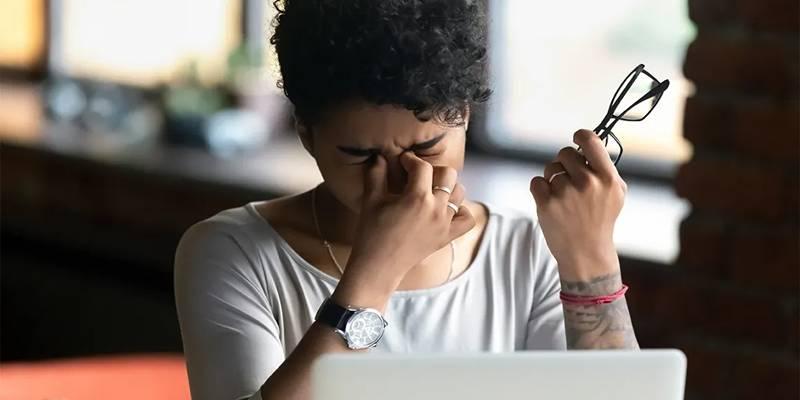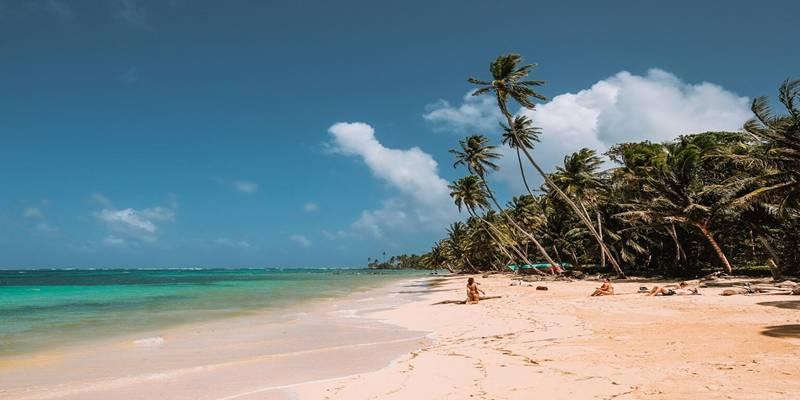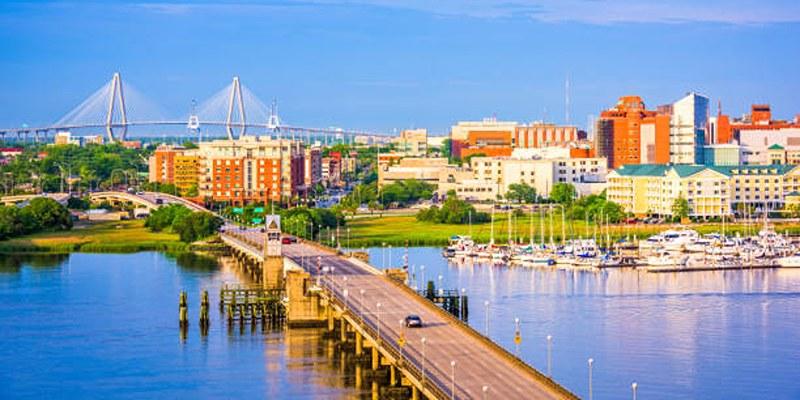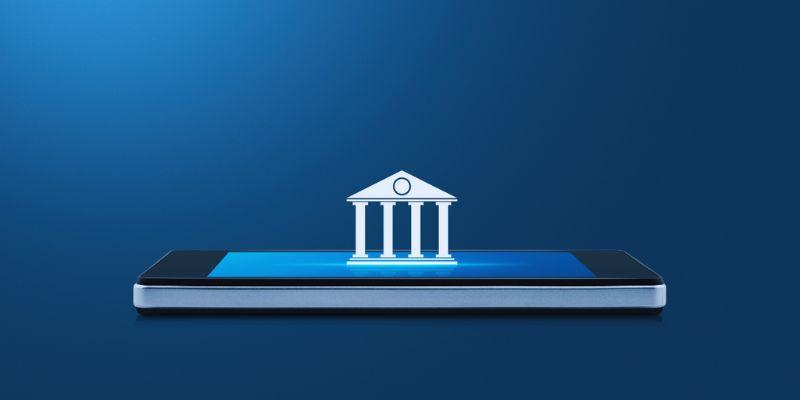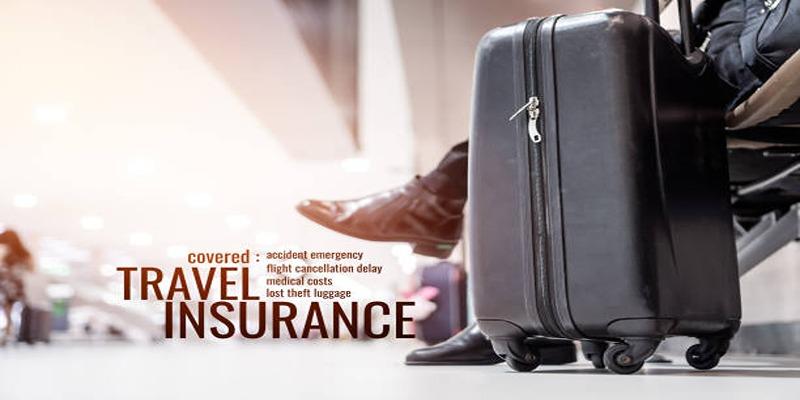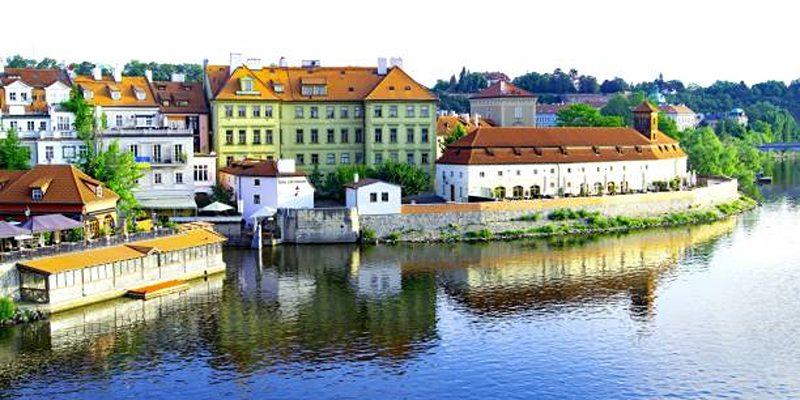People love Seattle for its beautiful views, lively culture, and natural settings. But one thing that most people think of when they think of the city is rain. Seattle's famous rainy weather is part of its charm, but it doesn't always work for tourists, especially those who want to see the city without it raining.
Although Seattle receives rain throughout the year, it’s important to understand that the type of rain and the volume vary depending on the season. This guide will explore the best time to visit Seattle, focusing on how to dodge the rain while still enjoying the beautiful surroundings, outdoor activities, and cultural experiences the city has to offer.
Seattle’s Rainy Reputation
Before talking about the best time to visit, it's important to clear up the fact that Seattle has a bad image for being rainy. It does rain in the city sometimes, but not all the time, like some people might think. Seattle has a unique weather trend, with mild, wet winters and dry, warm summers.
It rains about 37 inches a year on average in Seattle, which is less than in places like New York and Miami. But in the winter, it can rain a lot and spread out over a long period, making it feel like it's always drizzleing. The real "rainy season" is from late fall to early spring. November, December, and January get the most rain..
Despite its reputation, there are times of the year when Seattle sees a significant decrease in rainfall and more pleasant weather.
The Best Time to Visit: Late Spring to Early Fall
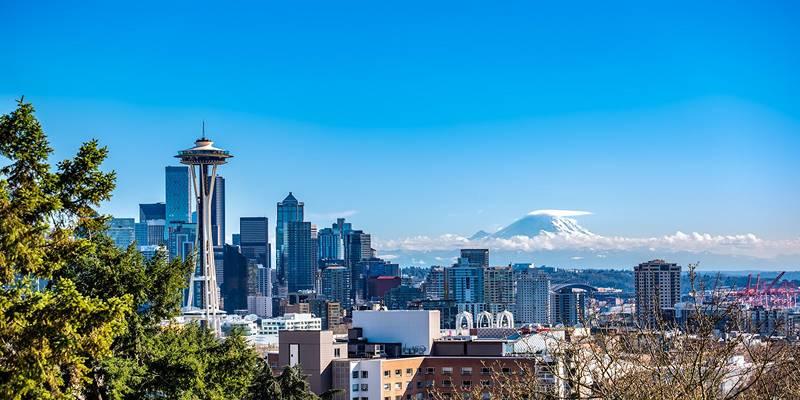
Seattle is best seen when it's not raining, which is late spring to early fall, or about May to September. There are fewer rainstorms, warmer weather, and lots of outdoor activities during these months, making them perfect for tourists who want to see Seattle at its best.
May and June: Mild Temperatures and Less Rain
Both May and June offer relatively mild temperatures and significantly less rainfall than the winter months. Average high temperatures hover between 60°F (16°C) and 70°F (21°C), creating pleasant conditions for exploring the city. Rain is still possible, but it’s usually light and brief, with only about 1 inch of rain per month.
In May, you can witness the beauty of Seattle’s gardens and outdoor spaces starting to bloom, including the iconic tulips at the Skagit Valley Tulip Festival just north of the city. By June, outdoor festivals and events begin ramping up, with the Seattle International Film Festival (SIFF) and Seattle Pride Parade typically taking place in the first few weeks of the month.
July and August: The Peak of Summer
July and August are the driest months in Seattle, with average highs reaching the low 80s°F (27–28°C). This is the peak tourist season, but it’s also the best time to explore the city without worrying about rain. During these months, you can enjoy outdoor attractions like hiking in the nearby Cascades or Olympic National Park, exploring Pike Place Market, and cruising around Lake Union.
Keep in mind that while rainfall is rare during this time, temperatures can sometimes reach unexpected highs, so packing light layers is always a good idea. Seattleites enjoy the warm weather to the fullest, often taking advantage of the many outdoor patios, parks, and beaches in the area.
September: A Perfect Shoulder Month
September is another excellent time to visit, as the city transitions into the fall season. It combines the best of both worlds: you’ll still have dry weather and comfortable temperatures, but the crowds from peak summer have started to dwindle. September temperatures range from the mid-60s°F (18°C) to the low 70s°F (22°C), and rainfall remains minimal.
It’s also the time when Seattle’s fall festivals begin, including the Seattle Arts and Crafts Fair, and the weather is still ideal for exploring the local hiking trails or taking a boat tour of the Puget Sound. With fewer tourists around, you can enjoy a more relaxed atmosphere throughout the city.
Avoiding the Rain: What to Expect During the Rainy Season
While late spring through early fall offers the driest conditions, it’s important to acknowledge that Seattle can still experience some rainy days. However, the winter months are when visitors should really brace themselves for the persistent, drizzle-filled weather that the city is known for.
Winter Months (November to February): The Rainiest Season

November through February is Seattle’s true rainy season, with December and January typically seeing the most precipitation. During these months, you can expect about 4–5 inches of rain per month. While snowfall isn’t common in the city itself, the rain can still make for damp, chilly conditions, with temperatures ranging from the low 40s°F (4–6°C) to mid-50s°F (10–13°C).
If you do plan to visit Seattle during the winter, it’s a good idea to pack waterproof gear, like umbrellas, rain jackets, and sturdy shoes. Despite the drearier weather, there are still plenty of indoor activities to enjoy, such as visiting the Museum of Pop Culture, the Seattle Aquarium, or the Chihuly Garden and Glass exhibit. Winter also brings the Seattle International Auto Show and the Seattle Theatre Group's winter performances, both great alternatives for those not wanting to brave the rain.
Conclusion
The best time to visit Seattle to avoid rain is during the months of May to September, particularly in late spring (May and June) and early fall (September). These months offer dry weather, pleasant temperatures, and fewer tourists, allowing visitors to enjoy outdoor activities like hiking, river cruises, and sightseeing without the need to worry about constant downpours.
If you’re planning a visit during the rainy season, don’t worry too much about the weather—it’s all part of Seattle’s charm. The city offers plenty of indoor activities and cozy places to enjoy, even on the rainiest of days.

